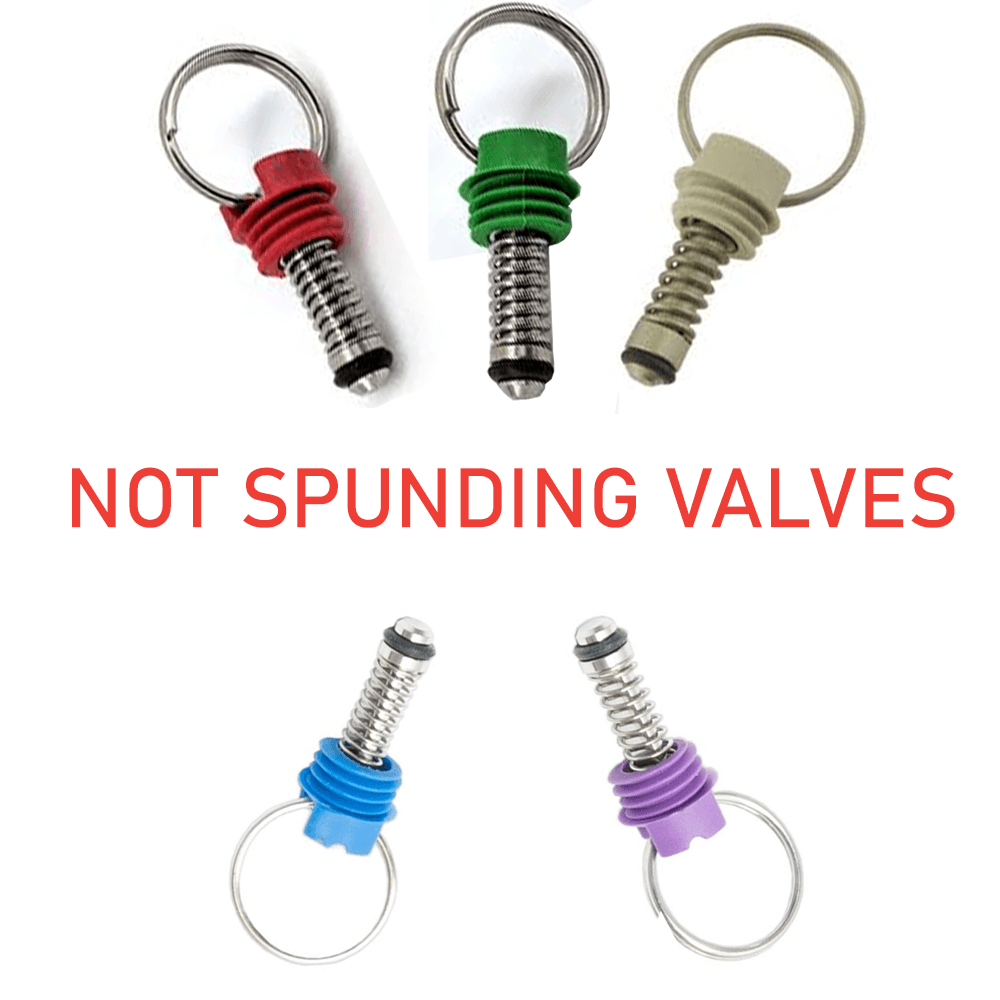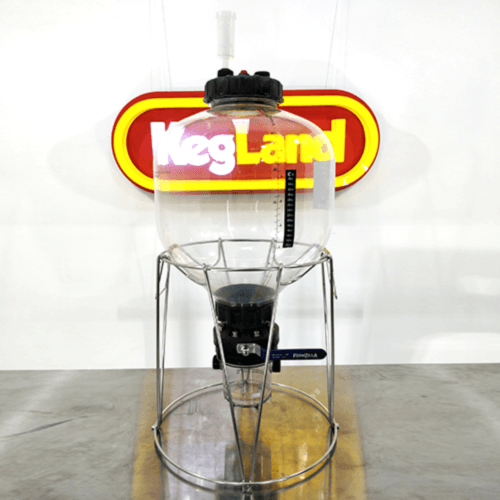Pressure Relief Valves (PRVs) are an almost ubiquitous feature in pressure capable vessels designed for homebrewing. They are part of corny kegs, most pressure capable fermenters, CO2 regulators, the list goes on.

PRVs are a great example of a simple, well thought and extremely functional product that does one job and does it very well indeed.
PRVs are designed to compress the internal spring and release gas at a specific pressure for safety reasons concerned with the vessel’s overall pressure rating.
The tighter the spring, the more pressure it can hold before it activates.
Conversely, the looser the spring, the less pressure is required before it vents.
Cornelius kegs, for example, ship with grey, 100psi rated PRVs, whereas all of our pressure capable FermZillas include a red PRV rated to 36psi.
They are simple. Reliable. A mature product, in terms of design. They work.
If, for any reason, the PRV on a pressure capable vessel goes off you should immediately work out what the issue is and take steps to fix the problem. Find out where the excess pressure is coming from and prevent that from happening. You are then absolutely fine to put the PRV back into place and keep using it.
PRVs come in many ratings, generally indicated by colour, so it is easy to get the right PRV for the job.
These are all great points, and if you have a pressure capable vessel, then you can generally rest pretty easy knowing that if you stuff up or something goes wrong then the PRV will do the job it was designed for.
However...
You should NEVER use a PRV as a Spunding Valve.
Let’s talk about why.
During fermentation, many if not most yeasts will produce a krausen. This is completely normal, of course, and often, especially in a transparent fermenter such as a FermZilla All Rounder a great way to help track the progress of your fermentation. It is not at all uncommon for the krausen and the fermentation to be quite vigorous. Certain yeasts are known for this. High gravity worts will often have larger krausens.
The PRV of a pressure capable fermenter can very easily be fully or partially blocked or ‘gummed up’ during fermentation. This will prevent it from venting at the rated pressure.
If this happens – and it does – then the PRV will either operate at a much higher pressure than it was designed for, or even fail to operate at all. In addition to this when it does open it doesn't let gas out fast enough when it's partially blocked. So not only does it not go off at the right pressure but it also doesn't let gas out fast enough and the yeast/hops blockage can overwhelm the PRV. For this reason, if a PRV opens you immediately reduce pressure, clean the PRV and re-fit to the tank.
This makes using a PRV alone as a means of pressure control in a pressure capable fermenter completely inappropriate. It is designed purely as a last line of defence if something else should happen to wrong.
The only safe and reliable way to manage pressure during fermentation is with a tool designed purely for this job.
This is known as a Spunding Valve. It, like the PRV, has but one job to perform. A spunding valve basically is designed to vent excess pressure at the level set by the user. It will sit on the gas post of your pressure capable vessel, so they can be used on Cornelius kegs, pressure capable fermenters with ball lock posts such as Fermzillas, kegmenters such as these with the pressure kit.
Our team of engineers have designed a spunding valve from the ground up. It is called a BlowTie Spunding Valve, you may have seen these pop up alongside the highest-selling PET Fermenter brand in Australia - FermZilla.
The BlowTie is not only accurate and easy to use but also extremely easy to disassemble and reassemble if cleaning is needed. They come in two distinct models, integrated dial (compact solution) or the original larger dial two-piece unit, all with interchangeable duotight push-in fittings to suit a wide range of positions


Other older styled spunding valves on the market are made of brass joined by thread tape. Not only will brass breakdown with the use of homebrew sanitisers, but disassembling may damage the soft brass while reassembly will require more and more thread tape each time or run the risk of leaks or inaccurate readings. The tolerances on the cheaply made springs are also inaccurate and prone to corrosion.

Spunding valves are designed from the ground up as an easily adjustable device for releasing pressure. A spunding valve will sit on a post on the pressure capable vessel, so it is far less susceptible to being blocked by krausen than the PRV. You can also easily extend the distance of the spunding valve from the fermenter by adding in some gas line between the disconnect and the spunding valve, which again obviously cannot be done with a PRV.
If you should ever need to clean a spunding valve, we have a super handy video guide to help with this - it's a pretty simple procedure:
Before fermentation, beer is a super sweet sugary solution called wort. If this should get splashed onto the PRV it can dry like glue! If it should happen to get through the seat of the PRV and dry this will significantly increase the pressure required before the PRV will vent, which will often mean the vessel will give way before the PRV.
The bottom line is NEVER EVER rely on a pressure relief valve to do the job of a reliable Spunding Valve like the BlowTie.
Think smarter and please don't cut corners where safety is the main priority.



